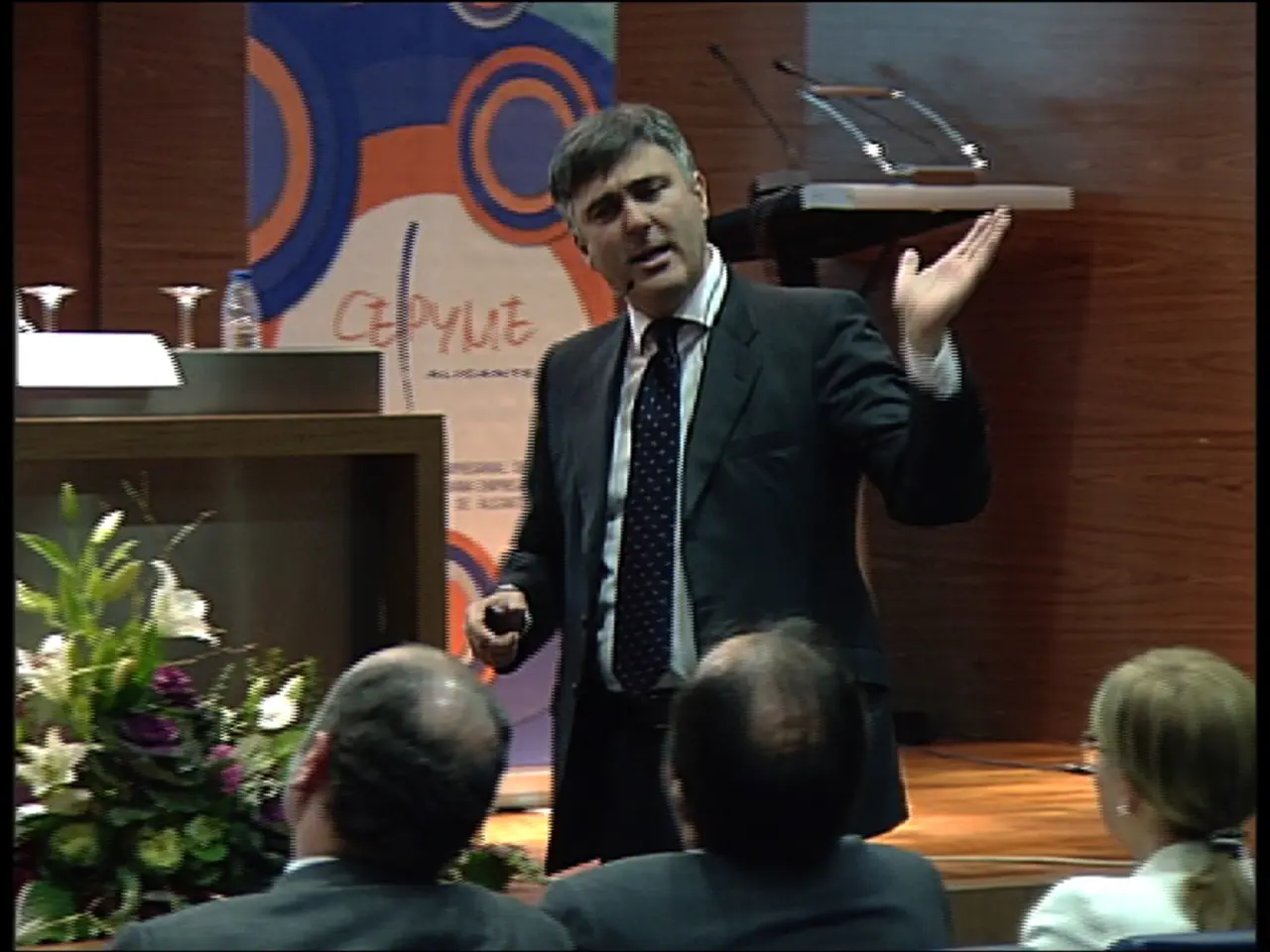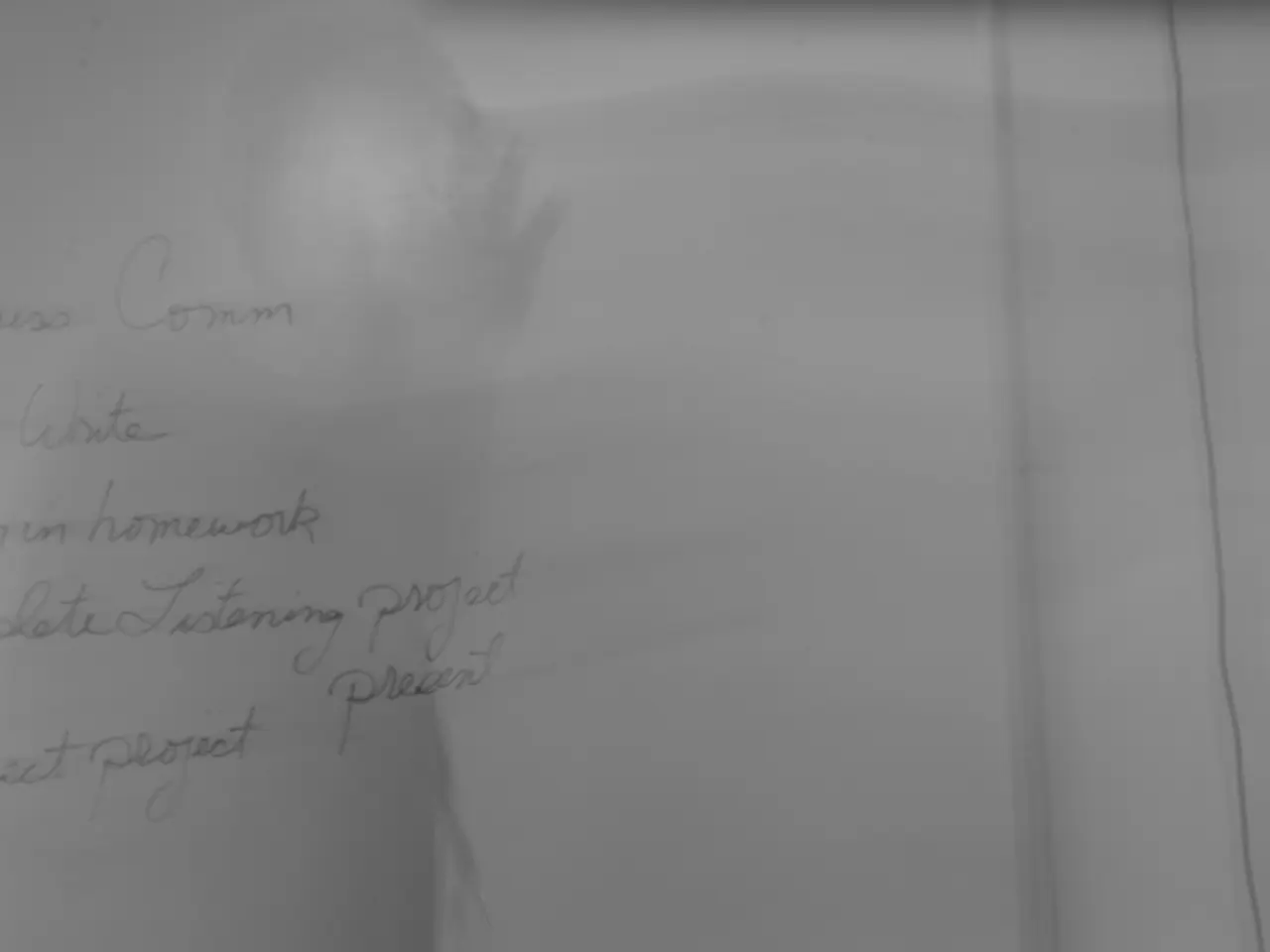Germany-Poland Border Checks Intensified
In a move aimed at addressing concerns over illegal migration, the Polish government has reintroduced temporary border controls with both Germany and Lithuania. This decision follows similar measures taken by Germany under Chancellor Friedrich Merz's administration.
The Polish border controls, effective from midnight and set to last until August 5, will be implemented at 52 border crossings. The checks will primarily focus on buses, minibuses, vehicles with large numbers of passengers, and cars with tinted windows. Travelers crossing the border are required to present a personal ID or passport.
The Polish government's decision reflects pressure on Prime Minister Donald Tusk, following allegations by far-right groups over Germany's handling of migrants. However, Chancellor Merz has denied these allegations. Notably, Merz has expressed immediate support for the Polish border controls, suggesting a symmetrical approach to stricter migration policies.
The German Interior Minister, Alexander Dobrindt (CSU), ordered more intensive border controls shortly after the new federal government took office in May. The German border controls, in place since October 2023, are aimed at stopping irregular migration. In a recent development, asylum seekers could potentially be rejected at the border in the future.
The Schengen Area, which typically allows free movement of people, permits countries to reinstate temporary border controls if justified by a serious threat to public policy or internal security. Poland's decision follows this principle, as the country seeks to tackle the illegal smuggling of migrants.
In addition to the border controls with Poland, Germany has also been conducting random checks at its border with Lithuania for several months. Poland plans to conduct similar checks at its border with Lithuania in the coming weeks.
The Polish government ordered the border controls in response to the German controls, marking a significant shift in migration policies within the European Union. The duration of the Polish controls is initially set for 30 days, though extensions are possible depending on the situation.
[1] European Union Law, Title V, Article 29, on the Schengen Borders Code. [2] German Federal Government Press Release, May 2023. [3] Polish Government Press Release, October 2023.
- The Polish border controls, primarily targeting buses, minibuses, vehicles with large numbers of passengers, and cars with tinted windows, are a response to the growing concern over illegal migration in the European Union, following the reinstatement of temporary border controls by Germany under Chancellor Friedrich Merz's administration.
- Amidst the debates and politics surrounding migration, the implementation of these border checks by both Poland and Germany underscores a shift in general-news discourse, with stricter migration policies increasingly being justified under the principle of public policy or internal security highlighted in European Union Law, Title V, Article 29, on the Schengen Borders Code.






